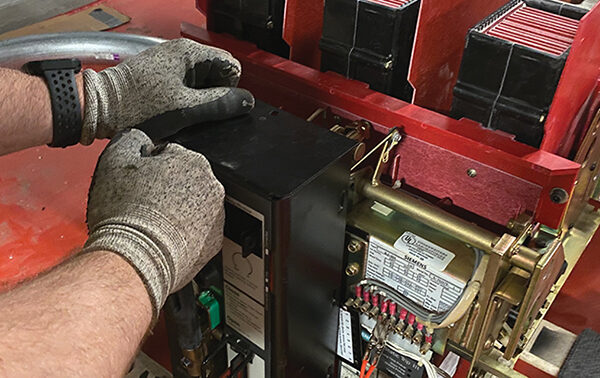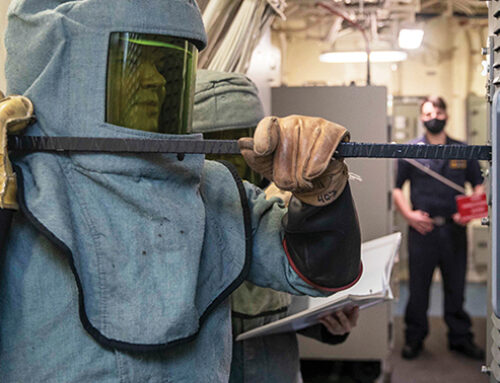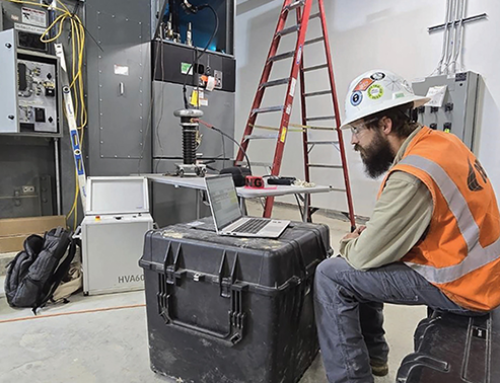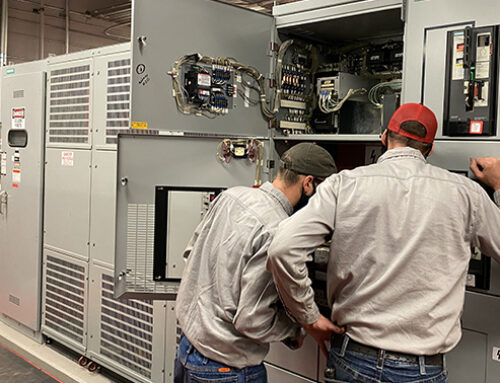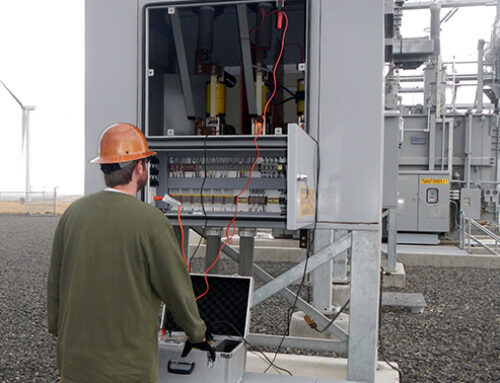Ensuring the safety and reliability of electrical systems means prioritizing regular maintenance. It’s easy to overlook and neglect, which is why following the National Fire Protection Association’s (NFPA) Standard for Electrical Maintenance — NFPA 70B —was a recommended practice, though not required.
That changed with the release of NFPA 70B – 2023, which elevated it to an ANSI standard that is designed to work in conjunction with the state-adopted NFPA 70 NEC for installation of electrical systems and with NFPA 70E, Standard for Electrical Safety in the Workplace.
In a recent NETA World article, Mose Ramieh, vice president of business development at CBS Field Services, examined the 2023 release of NFPA 70B, discussing what changed in the release and what best practices in electrical preventive maintenance (EPM) have become mandates.
According to the NFPA, a majority of industrial fires are electrical in nature, so complying with NFPA 70B enhances safety and helps facilities reduce their liability exposure. There is also a minimum total cost that can be achieved by performing EPM versus running equipment to failure.
Here are some items that have become mandatory:
- NFPA 70B language now requires facilities to create an electrical maintenance program (EMP) — Chapter 4: General Electrical Preventive Maintenance Programs
- Some system studies have a mandatory review interval and legible, accurate, and up-to-date single-line drawings are required — Chapter 6: Single-line Diagrams and System Studies
- There is now additional specificity that defines testing category types — Chapter 8: Field Testing and Test Methods
- There is also additional guidance in NFPA 70B regarding testing periodicities based on equipment condition and criticality, and assessing equipment condition — Chapter 9: Maintenance Intervals
- NFPA 70B has improved information about inspections and testing that addresses the specific testing that is required for particular electrical components — Chapters 11 – 38: Equipment Testing Tasks


